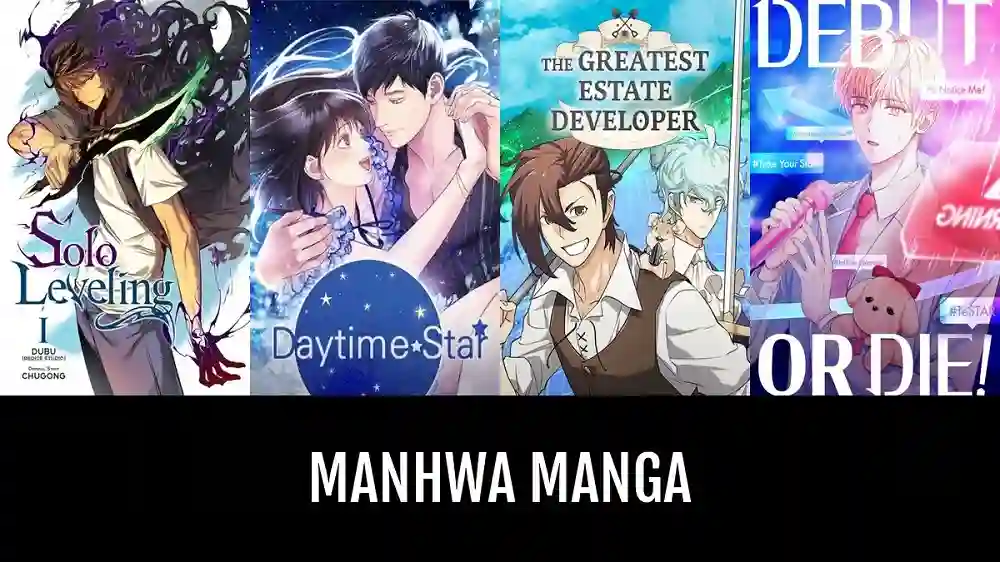In the realm of graphic storytelling, Manhwa XYZ has emerged as a powerhouse, captivating audiences worldwide with its unique blend of art and narrative. The artistic evolution of Manhwa XYZ is not just a tale of changing styles and techniques; it’s a visual journey that mirrors the cultural and technological shifts of our times. This article explores this journey, highlighting the key phases and innovations that have shaped Manhwa XYZ into the vibrant art form it is today.
The Origins and Early Influences
The genesis of Manhwa XYZ can be traced back to traditional Korean art forms and storytelling. Initially inspired by folk tales and calligraphic techniques, early Manhwa was characterized by simple lines and monochromatic shading. These stories were not just entertainment; they were a reflection of the socio-political landscape of Korea.
- Traditional Roots: The influence of traditional Korean painting styles was evident in the delicate brushwork and attention to nature and landscapes.
- Western Influence: As Korea opened up to Western influences, so did Manhwa, integrating elements of American comics and Japanese manga.
The Golden Age of Manhwa
Often referred to as the ‘Golden Age’, this period saw Manhwa XYZ flourish with a surge in popularity and creativity. Artists began experimenting with more diverse themes and complex narratives.
- Technological Advances: The introduction of new printing technologies allowed for richer, more detailed artwork.
- Genre Expansion: Manhwa began to branch out into various genres, including romance, fantasy, and sci-fi, each demanding a unique artistic approach.
The Modern Era and Digital Revolution
The advent of the digital age marked a significant turning point for Manhwa XYZ. The transition from paper to screen brought about revolutionary changes in how Manhwa was created and consumed.
- Digital Art Techniques: Artists started to utilize digital tools, enabling more intricate designs and vibrant color palettes.
- Webtoons: The rise of webtoons, digital Manhwa read in a scroll-down format on smartphones and computers, transformed the landscape, introducing dynamic layouts and multimedia elements.
Artistic Styles and Techniques
Over the years, Manhwa XYZ has seen a variety of artistic styles, each contributing to its rich visual tapestry.
- Realism and Detail: Many modern Manhwa artists lean towards hyper-realistic art, with a focus on detailed character designs and immersive backgrounds.
- Stylization and Abstraction: Other artists prefer a more stylized approach, using exaggerated features and abstract designs to convey emotion and tone.
Innovative Storytelling Through Art
Art in Manhwa XYZ is not just about aesthetics; it’s a crucial component of storytelling.
- Expressive Characters: The way characters are drawn, from their expressions to their posture, adds depth to the narrative, conveying emotions and motivations.
- Visual Symbolism: Artists often use visual symbolism, using color, light, and shadow to represent themes and concepts.
Cultural Representation and Diversity
As Manhwa XYZ gained international popularity, its art started reflecting a broader range of cultural and societal themes.
- Cultural Nuances: Traditional Korean elements, from clothing to architecture, are intricately woven into many stories, offering a window into Korean culture.
- Global Influences: With a growing international audience, Manhwa artists have begun incorporating diverse cultural elements, appealing to a global readership.
Challenges and Criticisms
Despite its evolution and success, Manhwa XYZ’s artistic journey has not been without challenges.
- Balancing Tradition and Innovation: Finding a balance between maintaining traditional artistic roots and embracing modern techniques remains a challenge.
- Over-Reliance on Digital Tools: Some critics argue that the overuse of digital tools can lead to a loss of the personal touch and uniqueness in art.
The Future of Manhwa XYZ’s Art
Looking ahead, the artistic future of Manhwa XYZ seems poised for continued innovation and growth.
- Technological Integration: Emerging technologies like VR and AR have the potential to add new dimensions to Manhwa art.
- Global Collaborations: Increasing collaboration between Korean artists and international creators could lead to more stylistic diversity and cross-cultural storytelling.
Conclusion:
Manhwa XYZ’s artistic evolution is a testament to the resilience and adaptability of this art form. From its humble beginnings to its current status as a globally recognized genre, Manhwa has continuously reinvented itself, reflecting the changing times and tastes. As it moves forward, the visual journey of Manhwa XYZ remains an exciting and ever-evolving canvas, promising to bring new worlds, stories, and experiences to life in the most vivid and imaginative ways possible.

